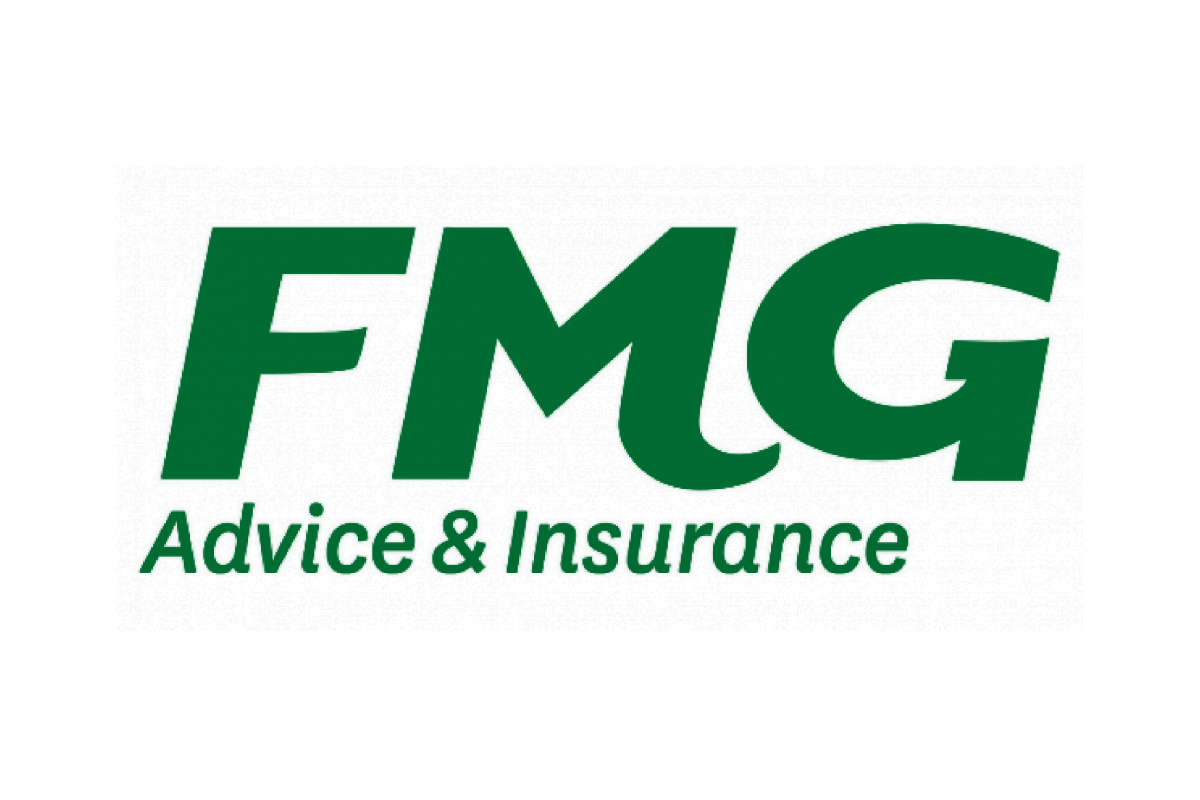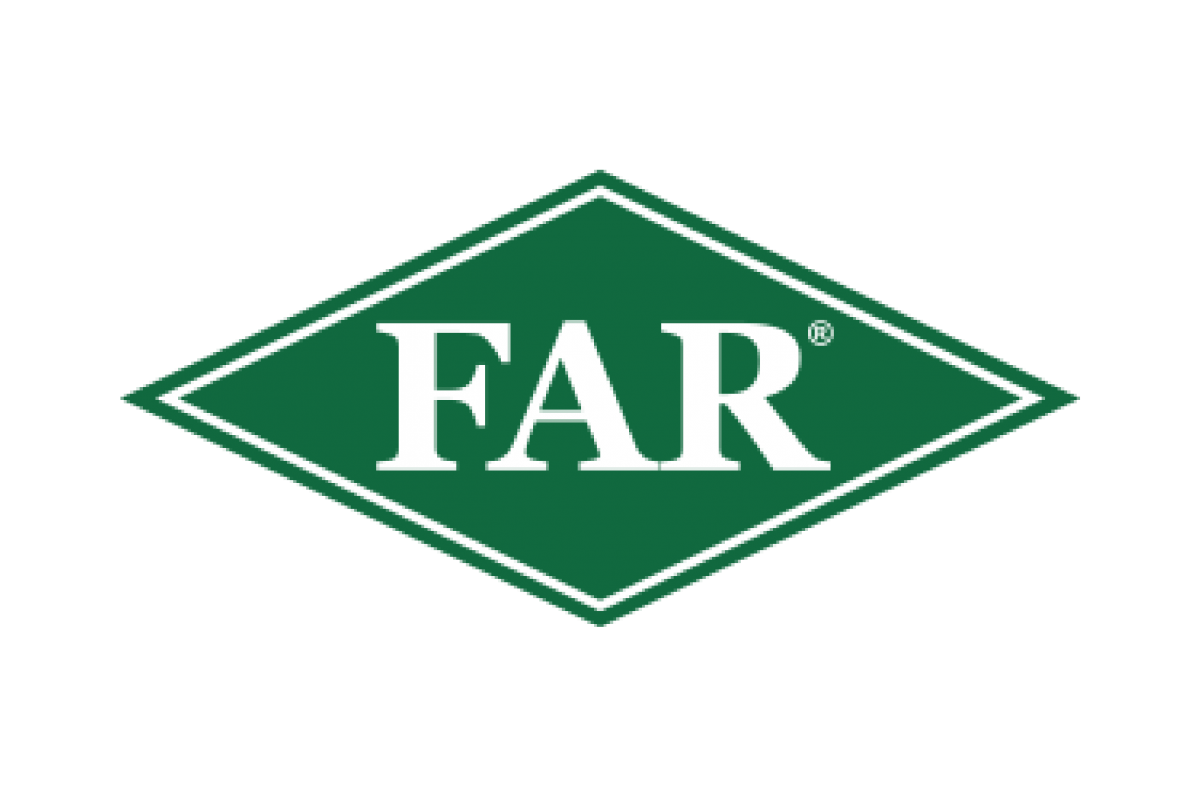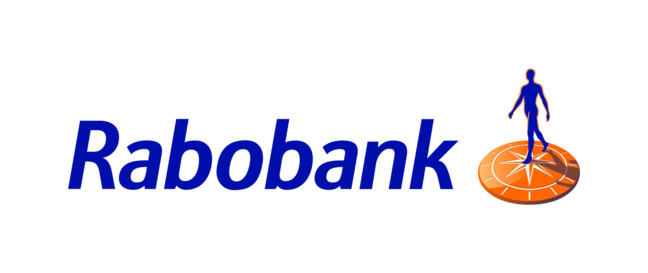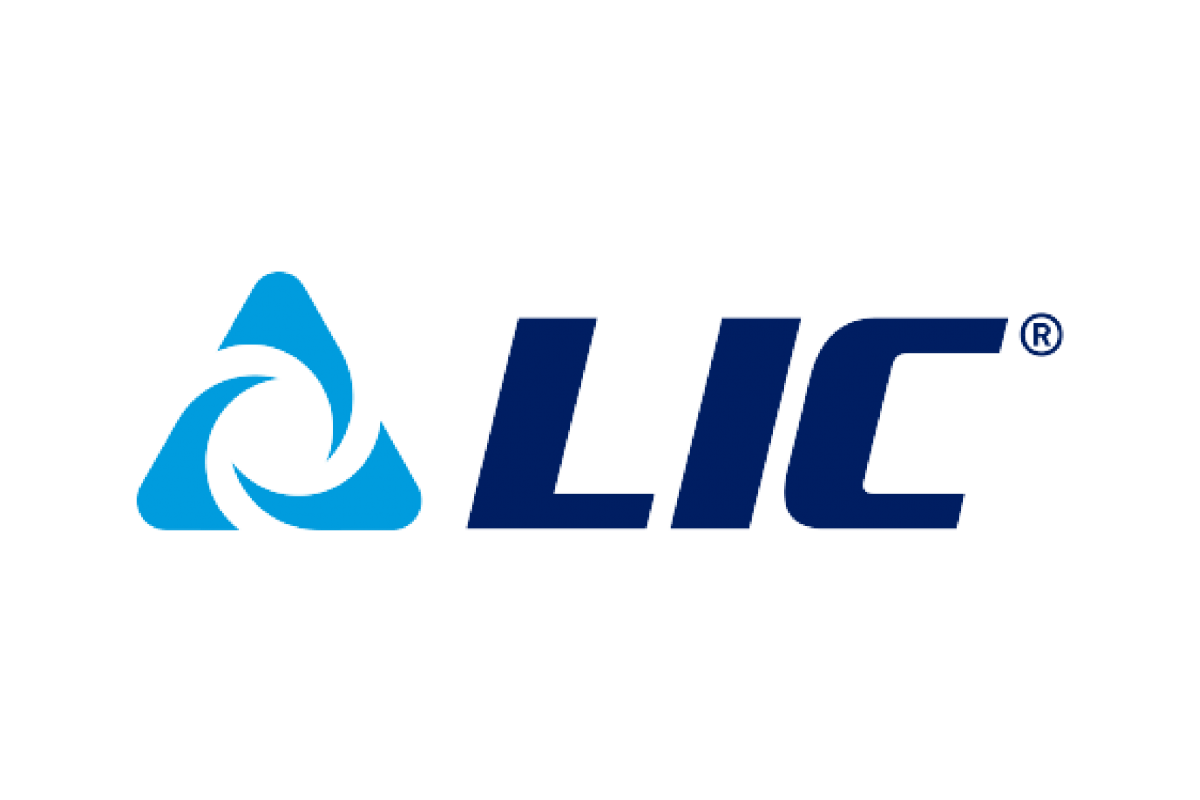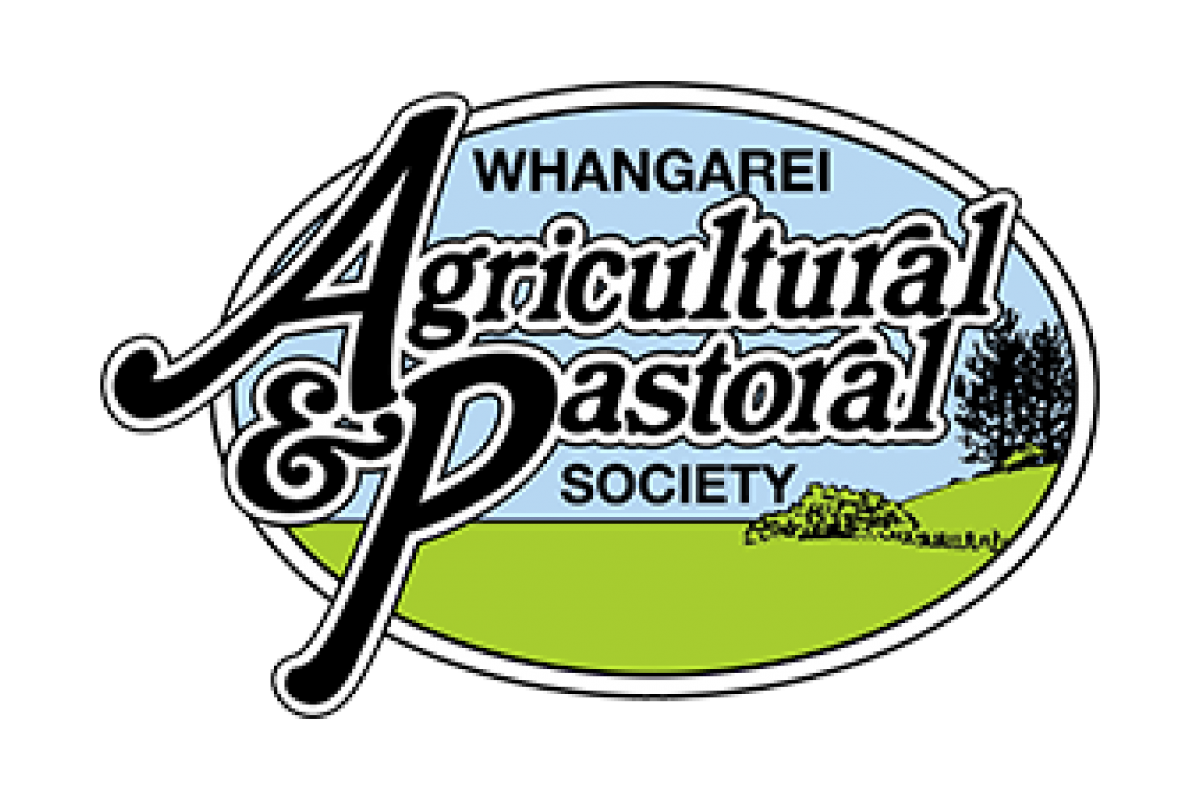Executive Summary
New Zealand potato growers produce on average 50tonne/hectare in the current farming system which on a global level within the potato industry is within the top spectrum. (www.fao.org)
For New Zealand to move up the ladder and raise the bar in terms of production, further investment into technology and advanced farming systems not commonly used in New Zealand to date is required.
One technology that could benefit the industry significantly moving forward is Genetic Modification (GM) of varieties. This could aid overcoming pest and disease pressures and allow growers to further maximise yields. The most important opportunity for farmers offered by GM is to drive some cost out of production and therefore increase the grower’s profit margin.
Research and development conducted to date in this area globally, GM has resulted in the development of varieties tolerant to the likes of blight, which does not only reduce chemical use (and the cost associated with this), but also makes the crop more environmentally friendly.
The identification of the Tomato and Potato Psyllid (TPP) in 2006 in New Zealand has resulted in a considerable increase of insecticide chemical use throughout the growing season to keep the crop clean and decrease processing defects. The use of GM could help by developing varieties to overcome such issues and further decrease the chemical use.
GM is not used in New Zealand to date commercially, and it will require education by industry for the consumer, and further research to prove GM is not harmful. I believe embracing the potential of GM crops would be beneficial to the potato industry in New Zealand, and increase New Zealand Export Income as a result.
The other technologies that will help potato production dramatically will be the use of variable rate fertiliser, especially nitrogen. Intensification of other farming systems in New Zealand is putting pressures on the environment and impacting the clean-green image we as a nation are currently renowned for. By using variable rate input technology we can manage fertiliser inputs based on potential outputs of the crop resulting in better efficiencies and returns to the grower.
Variable rate irrigation in – conjunction with GPS and yield monitoring will be another technology that could play a major role in potato (and other edible crop) production in New Zealand in the future. Although some of this technology is already available and is being used currently, it is not used as standard practice in Primary Industries as yet in New Zealand.
With increased data collection and more precise use of inputs we are likely to see a direct outcome of better utilisation of crop inputs resulting in increased efficiencies and possibly yield increases. Importantly this data and efficiency will play a role in meeting customer demand for food production with high environmental awareness (especially if marketed effectively on an industry scale), and demonstrate best farm practice and decisions made as a result of increased knowledge.
With global regulation so stringent and only likely to get more challenging we need to be at the forefront of quality assurance programs, meeting regulatory requirements within current farm systems and leverage off our historical “pure” clean and green image to maintain our competitive advantage as a primary exporting nation.
![]() Global Potato Production: Helping Feed The World – Paul Olsen 2014
Global Potato Production: Helping Feed The World – Paul Olsen 2014





